Exhibits are for everyone, and Smithsonian Exhibits (SIE) strives to make our exhibits as accessible as possible. Last year, thanks to a grant from the Smithsonian’s Accessibility Innovation Fund, we were able to experiment with strategies for making exhibits more accessible to people who are blind and have low vision.

Think about a typical exhibit and you might picture a glass display case with artifacts, text, and images inside. Now consider this from the perspective of a person who is blind or has low vision. How can you engage with the artifacts, text, and images inside if you can’t see them? It’s frustrating, right? SIE decided to take on this challenge and find solutions to make exhibit cases and graphics more accessible.
Throughout the process, SIE worked closely with Access Smithsonian, the Smithsonian’s central office devoted to visitor accessibility, which funded the project and provided guidance and expertise along the way. Access Smithsonian connected us with their network of User Experts, volunteers with disabilities who help the Smithsonian test exhibits and advise us on how to make them more accessible. This was crucial, because—as with any exhibit—understanding your audience and their needs is key to success.
At the project’s kick-off meeting, we sat down with a group of User Experts with varying levels of vision to listen to their needs and common barriers that prevent them from engaging with exhibits. Among other things, the User Experts stressed the importance of providing the exhibit’s big picture up front and incorporating a range of different tools, including tactile elements, audio components, and braille.
The next step was to select an exhibit to work with. SIE wanted to use an exhibit that was already open to the public. Consulting with curators at the National Postal Museum, we selected Trailblazing: 100 Years of Our National Parks, an exhibit SIE was already familiar with from having worked on the graphics.
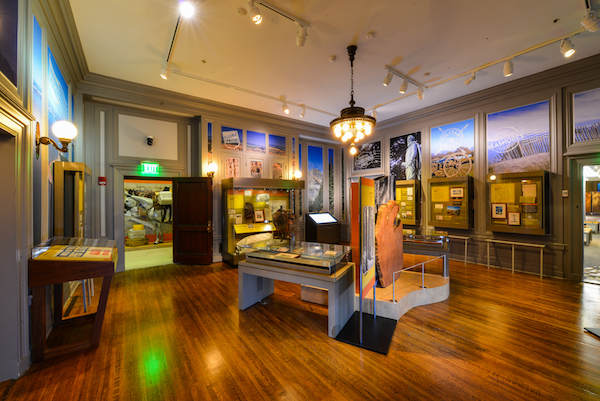
During the research and planning phase of the project, we spoke with accessibility experts and visited other museums to learn more about existing accessibility solutions.

We decided to create two reader rails for Trailblazing: one to provide an introduction and overview of the exhibit and another to interpret a display case on mail delivery in the Grand Canyon, which included a mix of artifacts, text, and images.
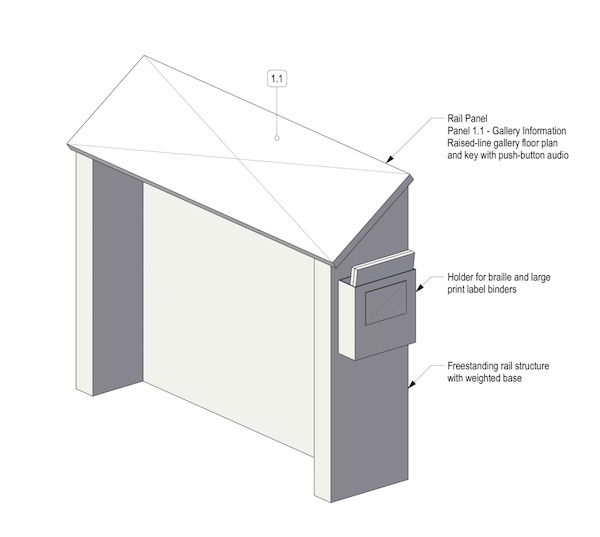
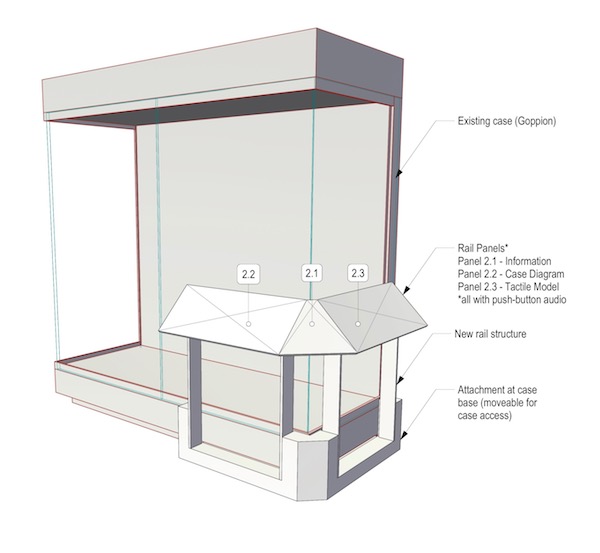
One of the star artifacts of the exhibit was a mule mail riding saddle used to deliver mail to the bottom of the Grand Canyon, the only place in the U.S. where mail is still delivered by mule.

During the design phase, SIE solicited feedback from accessibility experts along the way, which helped us rethink some of our initial plans and refine our designs.
SIE built physical prototypes of the two reader rails. These included braille, raised characters, a raised-line floor plan of the exhibit, buttons playing audio descriptions, and 3D tactile models of a mule mail riding saddle and a mule mail train.

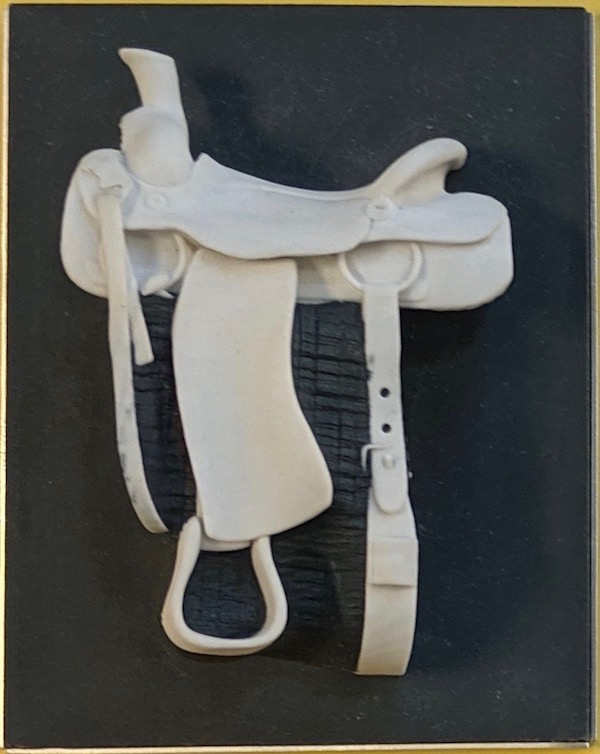
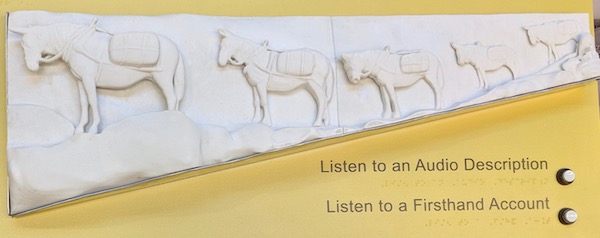
Then, it was time to test!
We installed the prototypes in the Trailblazing gallery and invited User Experts with varying levels of vision to come try them out.
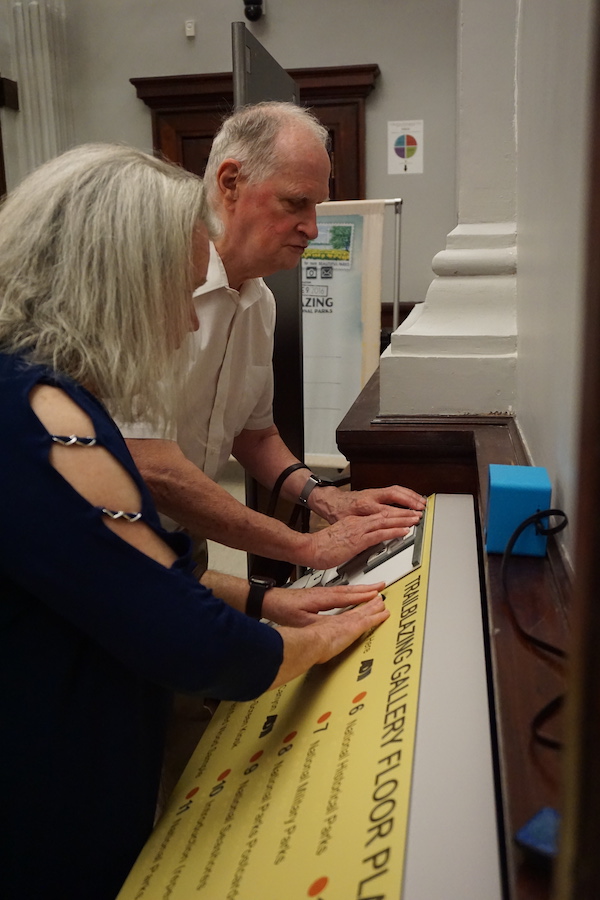
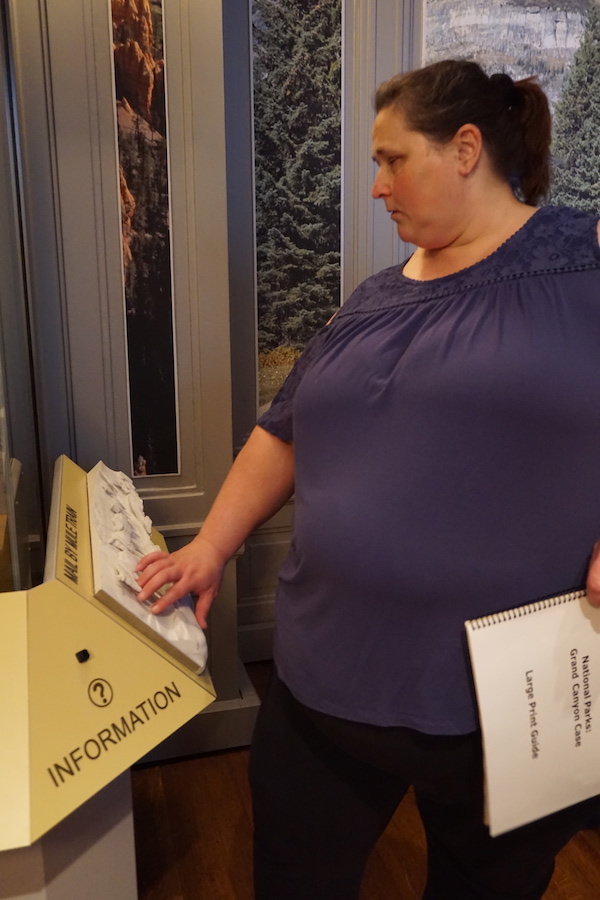
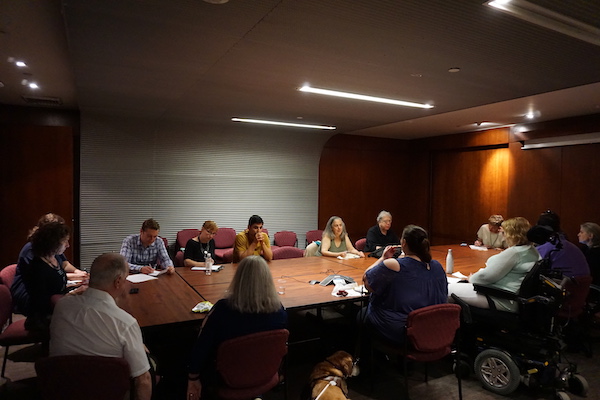
Afterward, we sat down with the User Experts to listen to their feedback. People loved the tactile models. But the audio descriptions played through speakers were muffled and hard to hear. This was a problem, especially for the typical scenario of a crowded gallery. Based on the group’s feedback, we decided to replace the speakers with audio handsets as well as a separate audio jacks, to allow visitors to plug in their own headphones.
The group had several other helpful recommendations, including shortening some of the audio descriptions, adjusting the location of the tactile floor plan to make it more intuitive, and aligning the braille text with the buttons.
Based on this feedback, SIE brought the prototypes back to the shop and redesigned them. After all the modifications were made, it was time for round two!
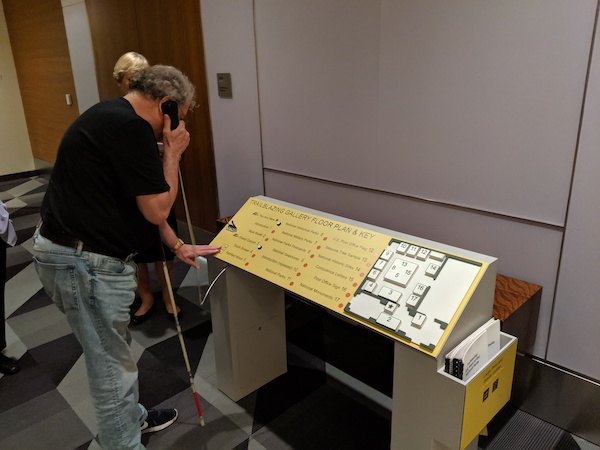
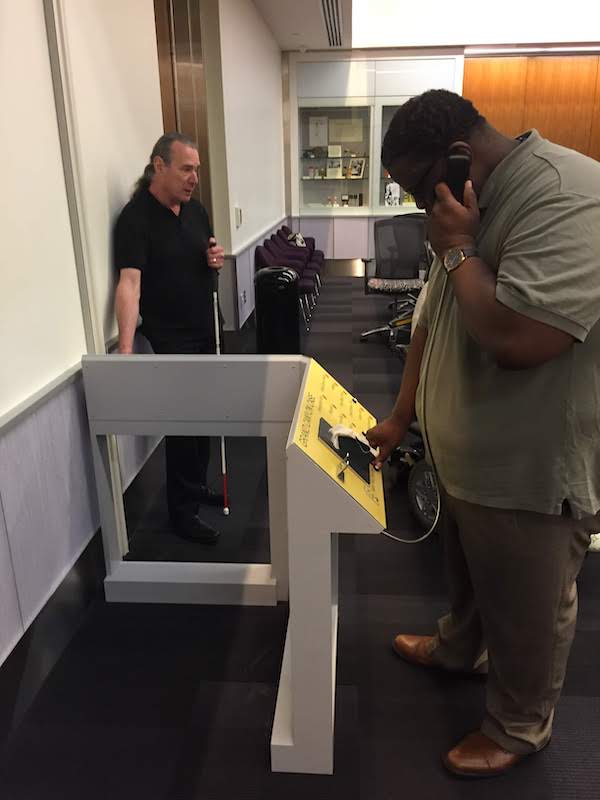
Round two of the testing confirmed that we were on the right track and opened up more possibilities for future exploration. The User Experts expressed an interest in being able to pause, rewind, and fast forward the audio, and recommended that audio components be placed in a consistent location on all panels to make them easier to find.
Some User Experts were concerned about “feeling in the way” when using the audio handsets and suggested adding a portable handheld device or enabling visitors to play the audio on their own devices.
SIE learned an incredible amount from the Trailblazing project, which we have already begun to implement in our latest exhibits. Working with visitors who are blind and have low vision gave us a deeper understanding of the needs of this important audience. The project reaffirmed SIE’s commitment to providing high-quality 3D tactile experiences and provided new insights into working with braille, raised characters, and audio descriptions.
This May, SIE will be sharing our findings as part of a panel on accessibility at the Smithsonian at the American Alliance of Museums’ Annual Meeting in San Francisco. In the meantime, we’re working on several other accessibility initiatives. (More on those soon!)
